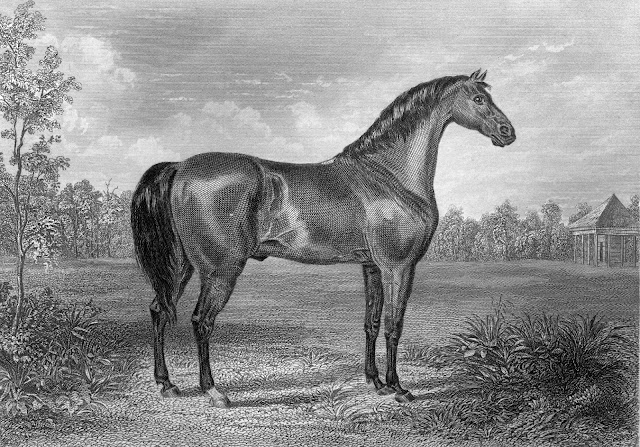Table of Contents: Case of the Ingenious A

The Case of the "Ingenious A" Or Why William Thornton Didn't Design the Octagon House and Isn't the "First Architect of the Capitol" By Bob Arnebeck Figure 1: Described as Thornton's first take on the Octagon design, based on an entry in Mrs. Thornton's diary, it is most likely his design for his own house to rival the Octagon. (Library of Congress) Introduction: How Glenn Brown (1854-1932), a not otherwise remarkable architect of the late 19th and early 20th centuries, helped his own career by making William Thornton (1759-1828) the most famous American architect of the 18th century. Chapter One: A Tale of Two Properties (1755 to 1786) Lancaster, Tortola and a Scientific Education - The roots of Thornton's wealth, his Quaker education, medical degree and mentors Chapter Two: Going to Africa Via Boston (1786-1790) - His reaction to his Tortola slave plantation and his secret plan to take America's, but not his own, blacks

